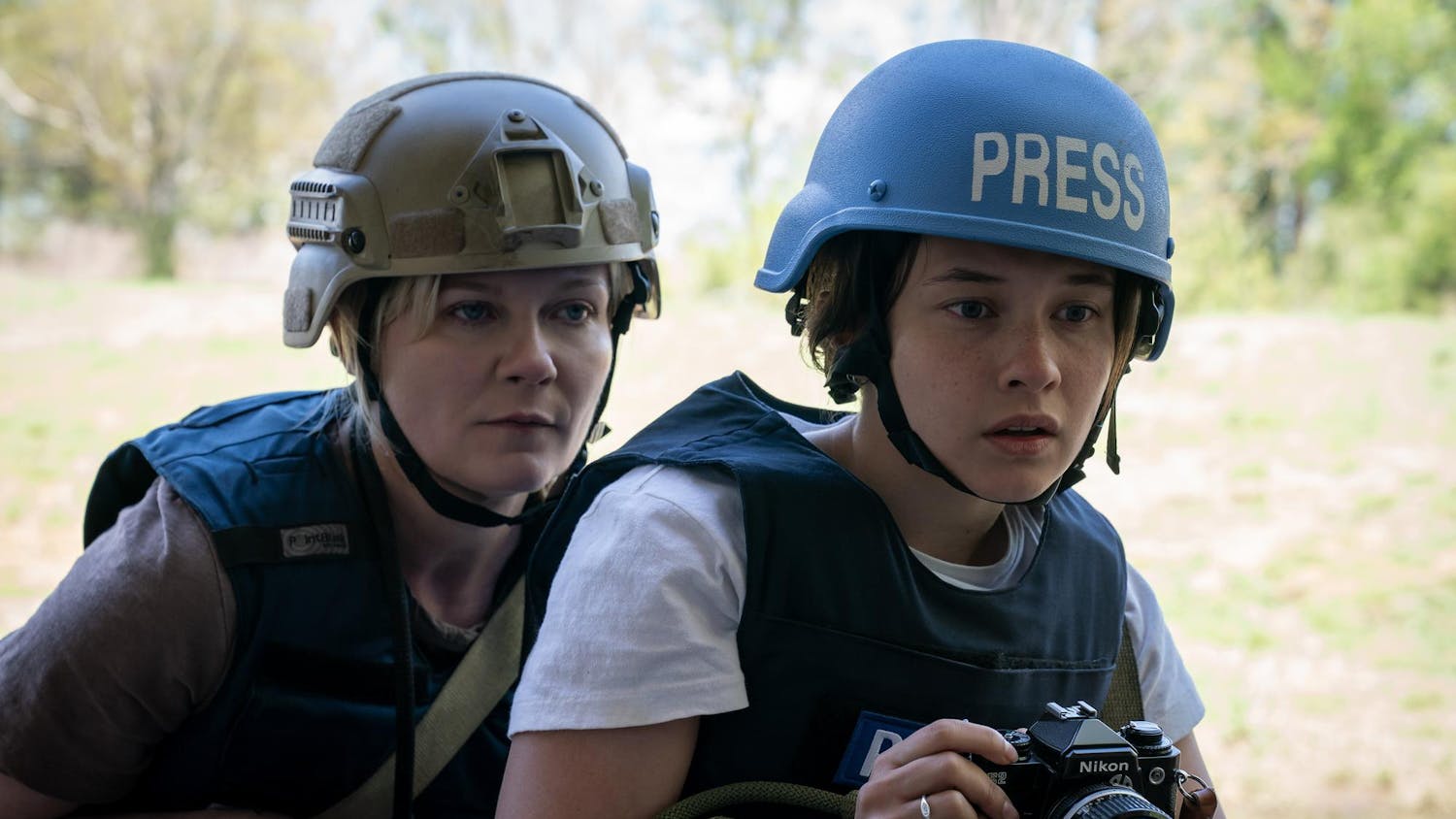Students, professors and researchers gathered Monday to hear psychological and brain sciences professor James Townsend explain a relatively new concept in psychology that can be used as a mathematical tool for analyzing brain processing — Systems Factorial Technology.
The presentation was a part of the College of Arts and Science’ Department of Statistics Colloquium series. Townsend began his lecture with an explanation of how signals can be received and interpreted by the brain: serially or in parallel, independently or co-actively. He used a hypothetical example of a pilot getting feedback while flying a plane.
“There is some translational work with the Air Force,” Townsend said. “Translational research has some problems because we do not have security clearance to know exactly what is going on, but it will help those pilots sitting at drones monitors.”
Translational work is the practical application of the research in the field, how it is being translated into a usable format. Townsend’s presentation relied heavily on the mathematics behind the experiment and prior knowledge of the statistical equations and terminology used in analyzing brain processes.
The experiment was designed to test if redundant warning systems were more efficient by testing subjects for the perception of dots of light on a dashboard.
“Redundant warning signals will increase chances of detecting them,” Townsend said. “If you allow people the chance to focus their attention on separate signals they will, but it will not be super capacity. If you make people focus on all the signals you get co-activation.”
Co-activation, in terms of the experiment, is a more efficient way of interpreting signals, producing faster reaction times. Super capacity is the ability for attention to two signals to enhance understanding of both signals better than if they were looked at separately.
Townsend’s experiment tested individuals “until they dropped” as opposed to averaging group data because it was the best way to get precise data on how the signals were perceived and interpreted. The effect of the trials has not yet been determined over time, though, by keeping subjects separate it is possible to go back later and rerun statistics to apply the effect.
“When subjects do trial after trial, you see memory effects,” Townsend said. “The early trials do affect the later trials. Psychology has had amnesia regarding this but we will have to sober up and take this seriously. Right now it is not clear how it will be an artifact which will affect this study.”
Nevertheless Townsend assured the audience the experiment is continuing to expand into various facets of the findings in hopes of clarifying or confirming the results.
The event abstract gave the department’s reason for choosing SFT.
“Systems Factorial Technology grew out of years of analysis of elementary psychological processes, how even mathematical models of them can mimic one another’s predictions and, fortunately, how they can be rigorously tested in the proper theory-driven experimental methodologies.”






